For five days in late June, young shooters from across the country descend on the quiet town of Grand Island, Nebraska for the 4-H Shooting Sports National Championships. The event concluded last Friday with national champion individuals and teams from nine different disciplines being awarded at the Heartland Events Center. This year was the largest competition in the event’s 23 year history with 42 states (last year’s high was 39) and 718 athletes.
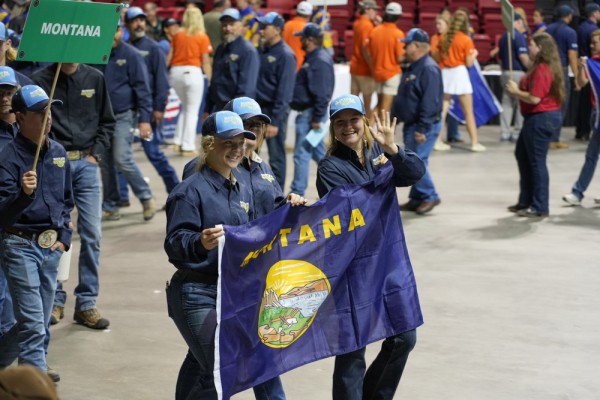

According to the National 4-H Shooting Sports website, “The focus of all 4-H programs is the development of youth as individuals and as responsible and productive citizens. The National 4-H Shooting Sports Program stands out as an example. Youth learn marksmanship, the safe and responsible use of firearms, the principles of hunting and archery, and much more. The activities of the program and the support of caring adult leaders provide young people with opportunities to develop life skills, self-worth, and conservation ethics.”
As kids progress through the 4-H Shooting Sports they have the opportunity to compete, first at the county level to qualify for the state contest where the top individuals aged 14-18 in the nine disciplines (air pistol, air rifle, small bore rifle, small bore pistol, shotgun, muzzleloading, compound archery, recurve archery, and hunting skills) qualify to compete at nationals. Unlike other competitions, a youth can only qualify once in each discipline—if you make it to nationals for shotgun, you can’t go back in that discipline, however you can go back in any of the others. Many kids plot out their path to try to compete each of the years they’re eligible, but others are happy to make it once in their career.
The competition is a grueling nearly week long event. Equipment check in starts on Sunday evening with inspections to ensure all firearms and bows meet rules for draw or trigger pull weight, scope settings, and more. Monday is slated for final practice and confirming that all equipment is still sighted in after the trip—teams travel from around the country with many driving long hours in order to tote all the necessary gear.
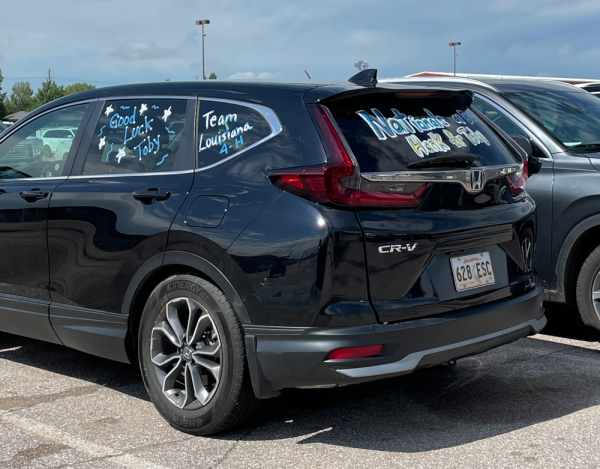
On Monday evening during the opening ceremony, state teams parade in together—similar to an Olympic grand entrance—waving state flags and wearing matching gear for the opening ceremonies. Leaders from the outdoor industry welcome the competitors and their families. Companies like Federal Premium Ammunition, Crosman, Midway USA, and Grand Island-based Hornady recognize the importance of supporting these young people who are the future of the shooting sports. The companies sponsor the event and participate on the National 4-H Shooting Sports Committee to help guide future events. Supporting young shooters is important enough that Jason Hornady announced during his speech that his company will be increasing his sponsorship by an additional $10,000 for a total of $30,000 for next year’s championships.
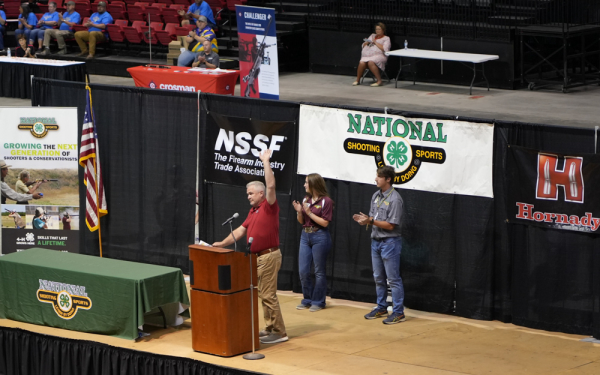
For the next three days, the kids compete in their disciplines at the Heartland Public Shooting Center. It can be a challenge for some who excel in specific parts of the discipline but not in others. In shotgun competition, shooters must compete in sporting clays, skeet, and trap. Archers must be able to do FITA, field, and 3D archery. Rifle, muzzleloading, and pistol will shoot their discipline’s version of silhouettes, CMP Sporter, NRA 3-position, Slow Fire Bullseye, or a modified Camp Perry Round. For specialists, it can be humbling but what better way to learn the full breadth of each discipline.
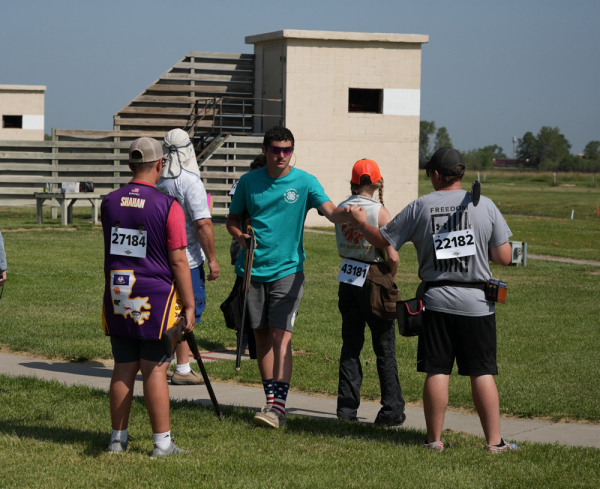
And although each of these disciplines are broad, the real generalists are those competing in the Hunting Skills event. These contestants shoot archery, shotgun, and small bore rifle, but they only take 15 shots in each discipline and each are more hunting focused scored only as a hit or a miss if it would be a kill shot; the total scoring for each discipline is just 33% of the overall score. In the afternoons, the contestants take tests of as many as 80 questions focusing on wildlife identification, wildlife management, hunting skills, map reading, and “shoot/no shoot” decision making. Questions are framed from Nebraska hunting regulations and wildlife identification books, but the primary resource is the NRA Hunter’s Guide. They also must complete orienteering courses. When other disciplines are finished by late morning, the Hunting Skills kids typically don’t finish until after 4. It’s a lot of work and the scoring is intended to reward individuals who have broad skills that would make them a better hunter—it’s hard but it’s a lot of fun. It was this competition that brought me to the championships because my daughter qualified to compete for our home state of Colorado.
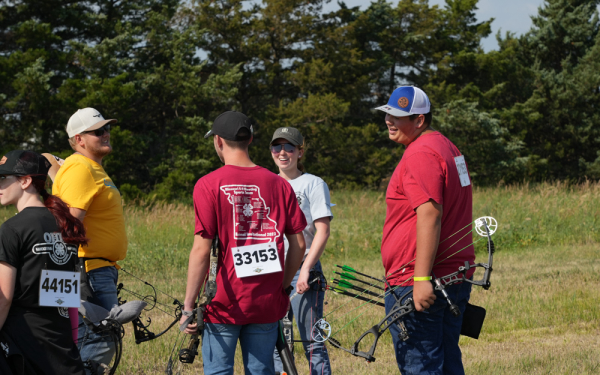
For every discipline, the top 10 individual scorers for the day are recognized on the podium in the Heartland Events Center as are the top teams for that day. On Friday, after awarding Day 3 results the overall top scoring individuals and teams are placed. For those states that fill complete teams of at least three shooters in each of the disciplines, the Tom Davison Sweepstakes trophy is presented to the top overall state. For 2023, six states sent complete state teams across all disciplines; the top team was Louisiana followed by Texas just three points behind.
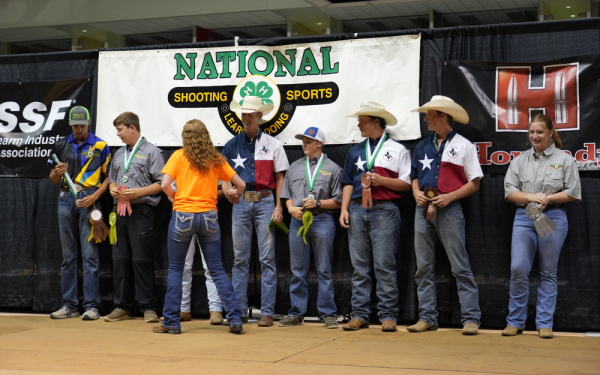
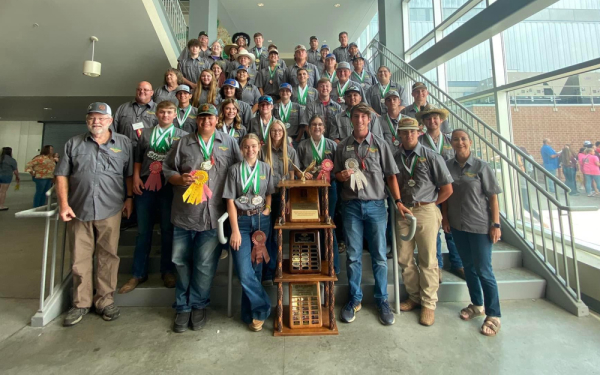
By the end of the week, there’s lots of sunburn and bug bites. But there are also big smiles and lots of new friendships because in addition to competition, the teens meet at a pin-trading social on Tuesday night and spend the last evening at the water park adjacent to the events center. For many kids, the championships are the rare opportunity to meet hundreds of other kids who enjoy the same shooting, hunting, and outdoor experiences that they do. They are competing during the day and making lifelong friends every evening.
The National 4-H Shooting Sports Championships truly is helping to develop the future leaders of our industry. Federal Premium’s Jon Zinnel addressed the group on Monday evening describing his experience in the 4-H shooting sports and serving as a national 4-H shooting sports ambassador, leading him to a career in our industry. 4-H requires community service, public speaking, leadership development, and many other life skills. The youth participating in the National 4-H Shooting Sports Championships represent the best of their states. They are consistently polite, hardworking individuals. These are the kids our industry needs to continue to support.
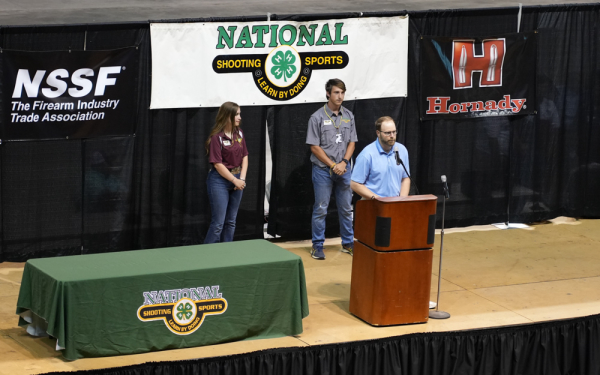
But like so many of the best youth programs, all 4-H events—not least of all the shooting sports national championships—require significant volunteer support with trained range officers, scorekeepers, coaches, and many others helping the events go smoothly. These volunteers are the lifeblood of 4-H events and continue to work hard to support the kids throughout their leadership journey.
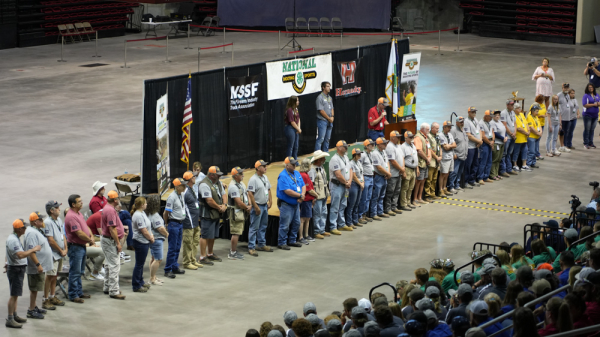
Volunteer for your local or state 4-H shooting sports program, sponsor local events or the national championships, or volunteer to participate in the National 4-H Shooting Sports Committee. In addition, financial support or product donations can help the clubs fund ammunition, targets, or the many other expenses that are necessary to improve their shooting skills.
Your company can make a difference—the future of these kids, and our industry, depends on it.
– Jodi Stemler
In addition to being an award-winning outdoor writer and communicator, Jodi Stemler heads her own consulting firm specializing in conservation policy and communications projects. Her clients include the Boone and Crockett Club, the Mule Deer Foundation, the Wildlife Management Institute, the Theodore Roosevelt Conservation Partnership, Safari Club International, the Association of Fish and Wildlife Agencies, and many more.